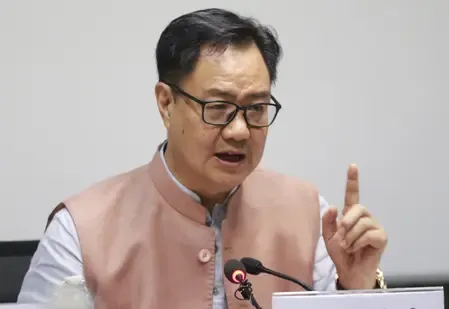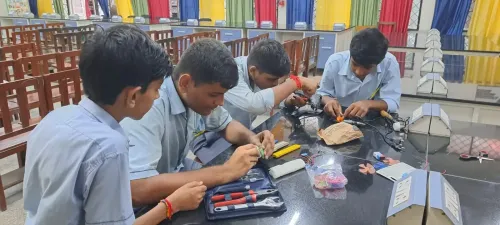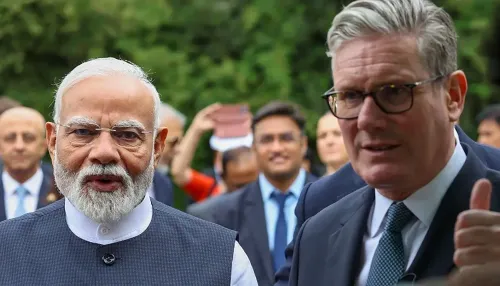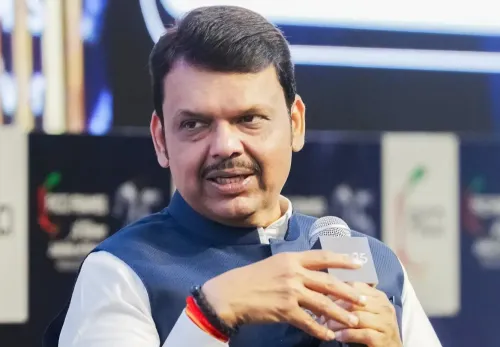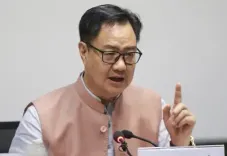Did the Cabinet Approve 4 Multi-Tracking Railway Projects Worth Rs 24,634 Crore?
Synopsis
Key Takeaways
- Investment of Rs 24,634 crore for railway projects.
- Network expansion by 894 kms across four states.
- Enhancement of connectivity for 3,633 villages.
- Projected increase in freight traffic by 78 MTPA.
- Environmental benefits including reduced CO2 emissions.
New Delhi, Oct 7 (NationPress) The Cabinet Committee on Economic Affairs (CCEA), under the leadership of Prime Minister Narendra Modi, has officially sanctioned four multi-tracking railway initiatives with a total investment of Rs 24,634 crore across four states.
The four projects span 18 districts in Maharashtra, Madhya Pradesh, Gujarat, and Chhattisgarh, expanding the current network of Indian Railways by approximately 894 kms.
These initiatives comprise the Wardha-Bhusawal - 3rd and 4th line - 314 kms (Maharashtra); Gondia-Dongargarh - 4th line - 84 kms (Maharashtra and Chhattisgarh); Vadodara-Ratlam - 3rd and 4th line - 259 kms (Gujarat and Madhya Pradesh); and Itarsi-Bhopal - Bina 4th line – 237 kms (Madhya Pradesh), as stated in an official release.
Connectivity will be enhanced for approximately 3,633 villages, benefiting a population of around 85.84 lakh, which includes the two Aspirational Districts of Vidisha and Rajnandgaon. These new lines are set to provide seamless transportation for individuals, goods, and services, significantly boosting operational efficiency and service reliability for Indian Railways.
The implementation of these multi-tracking projects is expected to streamline operations and reduce congestion within the Indian Railway network. This aligns with PM Modi's vision of a New India, aiming to make the local population “Atmanirbhar” through comprehensive regional development, thereby enhancing employment prospects, as mentioned in the statement.
These projects are designed in accordance with the PM-Gati Shakti National Master Plan, focusing on improving multi-modal connectivity and logistics efficiency through integrated planning and collaboration with stakeholders.
Additionally, the project sections will provide rail access to notable destinations such as Sanchi, the Satpura Tiger Reserve, the Bhimbetka rock shelters, Hazara Falls, and the Nawegaon National Park, attracting tourists nationwide.
This route is vital for transporting essential commodities, including coal, containers, cement, fly ash, food grains, and steel. The capacity enhancement is projected to yield an additional freight traffic of 78 MTPA (million tonnes per annum).
Railways, being an environmentally friendly and energy-efficient mode of transport, will contribute to achieving climate objectives, reducing logistics costs, decreasing oil imports (by 28 crore litres), and lowering CO2 emissions (by 139 crore Kg), which equates to planting six crore trees, as added in the statement.

